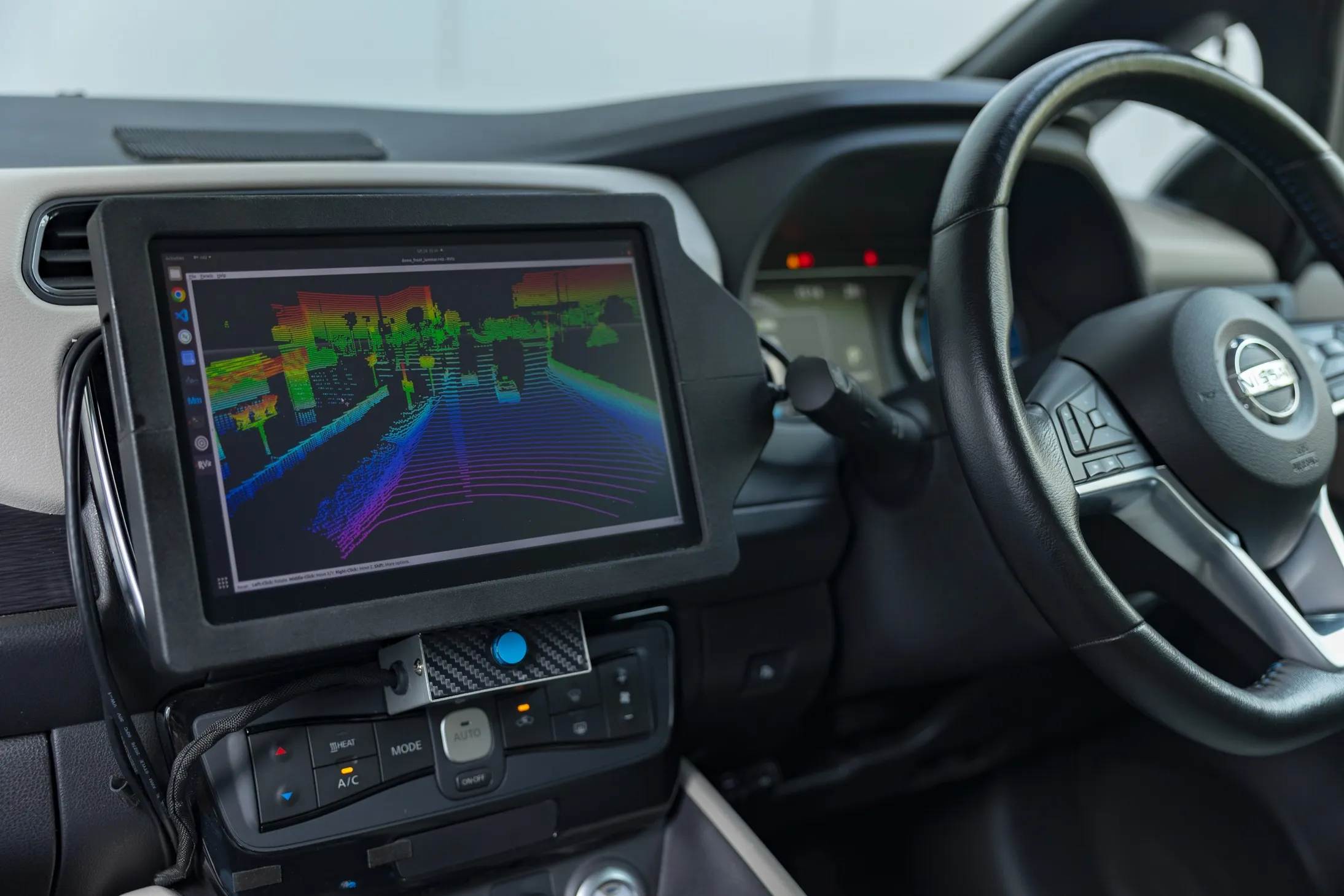Swedish automotive safety systems manufacturer Autoliv is to provide a global automaker with its 77GHz high-resolution radar systems for autonomous driving. Autoliv's 77GHz radar systems, located on the four corners of the vehicle, see oncoming vehicles and autonomously manage lane changes during highway driving.
September 1, 2017
Read time: 1 min
Swedish automotive safety systems manufacturer
Autoliv's 77GHz radar systems, located on the four corners of the vehicle, see oncoming vehicles and autonomously manage lane changes during highway driving. The front and rear radars provide different functions for the vehicle; the front corner radars support object and free space detections, while the rear corner radars contribute to object detection, blind spot warning and rear cross traffic alert.








